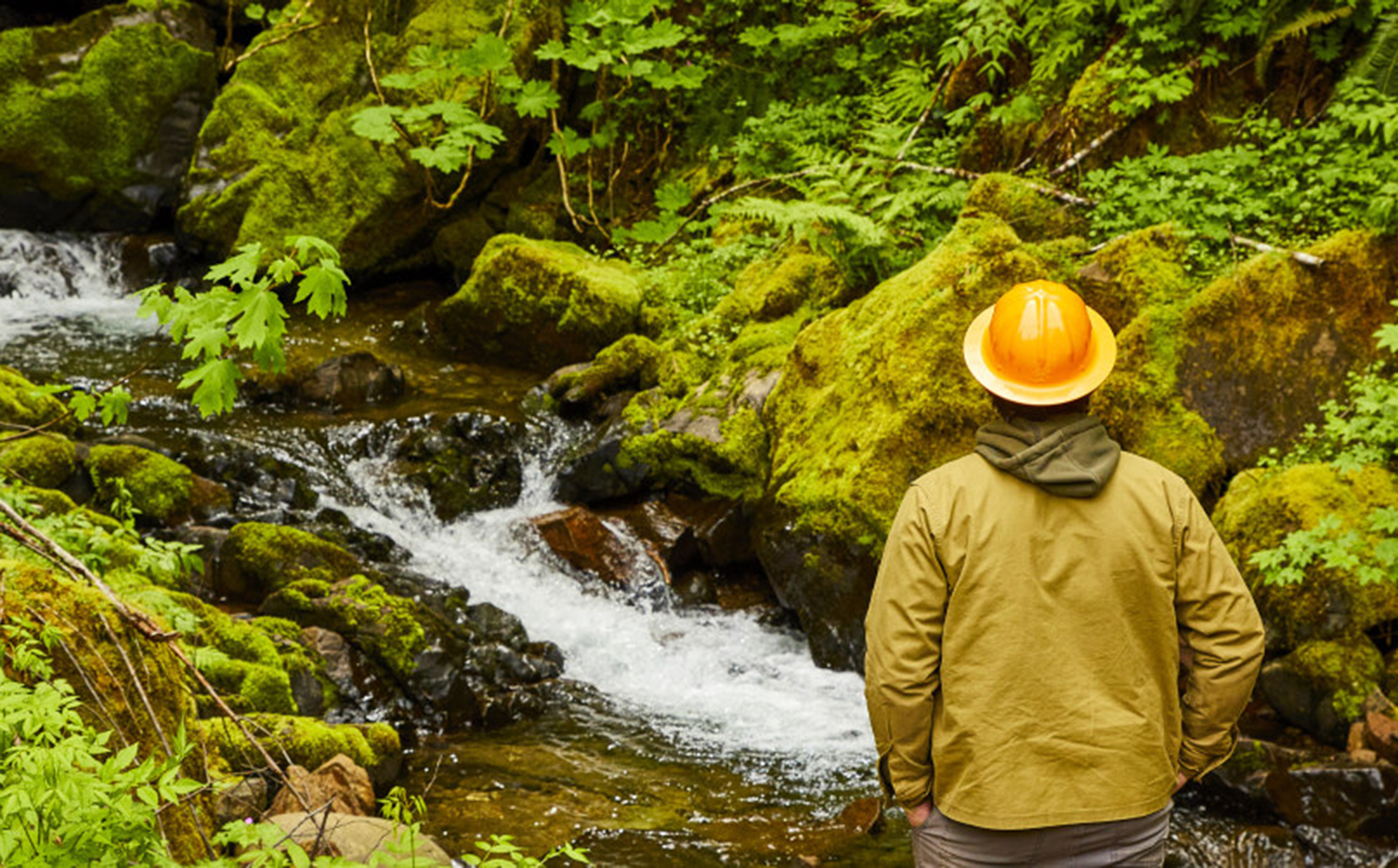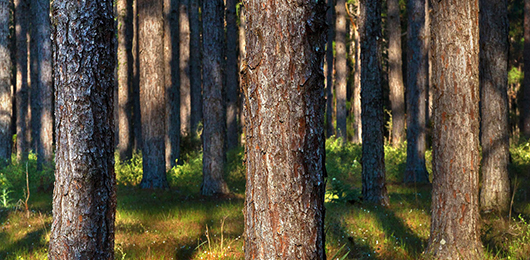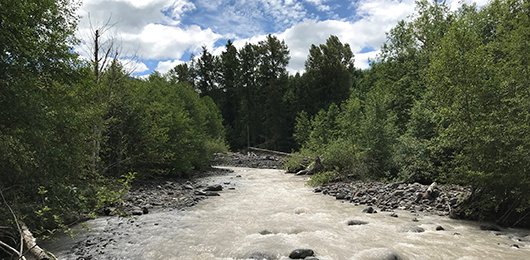Environment
Protecting Water Quality
If you watched our steep slope harvesting videos, you already know how foresters go to great lengths to prevent erosion. They even airlift trees to ensure they don’t upset the soils and cause them to wash into waterways below!
But that’s just the beginning of how the forestry industry protects water quality. We follow something called Best Management Practices (BMPs). These state-level guidelines incorporate measures to protect waterways during forestry activities. BMPs set up buffer zones that could be dozens or even hundreds of feet wide. Guidelines within the buffer zone may include: no roads, no heavy equipment and reduced or eliminated harvests.




